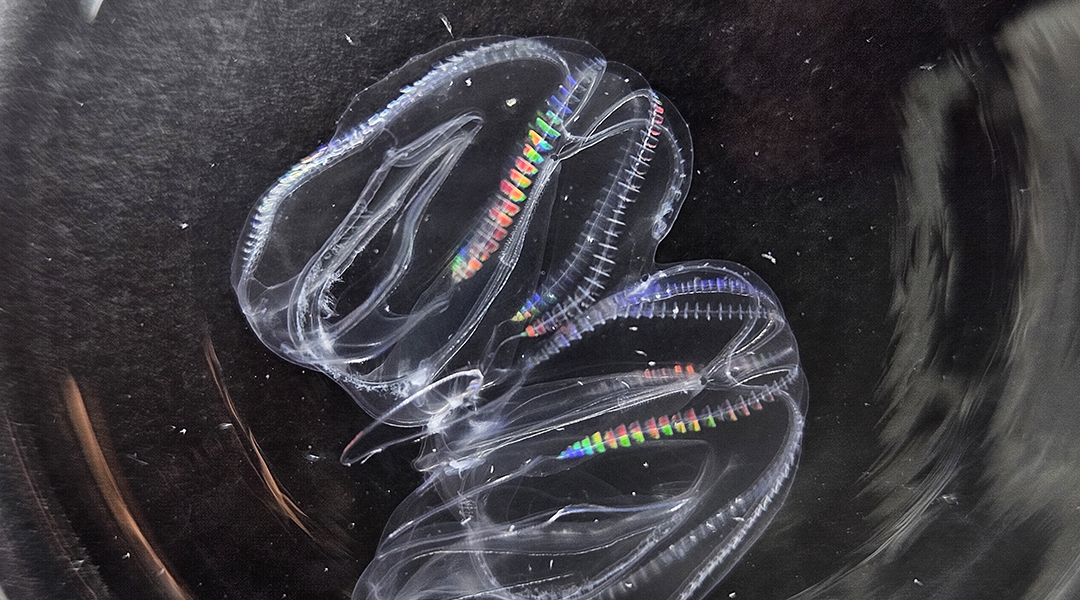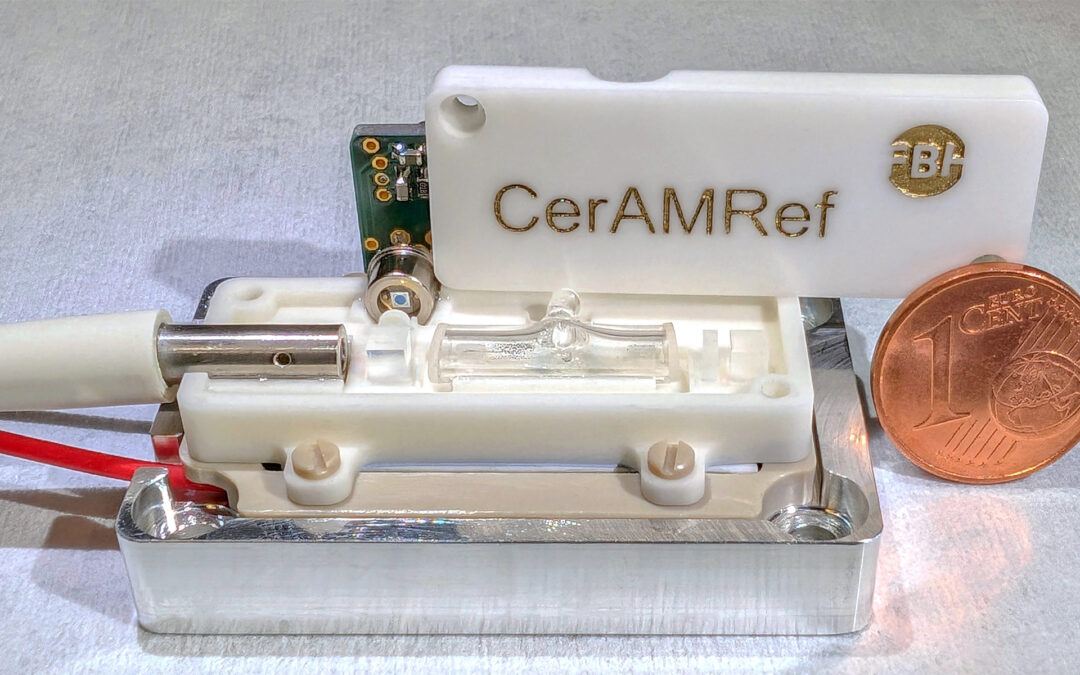Researchers from the Chinese Academy of Sciences report optical waveguide hydrogen peroxide sensors based on a reactive sheath and a nanowire core.


Researchers from the Chinese Academy of Sciences report optical waveguide hydrogen peroxide sensors based on a reactive sheath and a nanowire core.

New material could be perfect for tactile sensors for robot hands
The main properties that make carbon nanotubes (CNTs) a promising technology for many future applications are: extremely high strength, low mass density, linear elastic behavior, almost perfect geometrical structure, and nanometer scale structure. Also, CNTs...

In the future, small electronics could be powered by fallen leaves, shed fur, and other waste materials found in nature.

Machine learning is bringing forth the future of secure communication, swiftly identifying single photons that hold the key to quantum tech.

Scientists have built atomic clocks with unprecedented levels of precision by harnessing quantum entanglement.

Two individual comb jellies can fuse into a single organism, providing an incredible feat of regeneration rarely seen in the animal world.

Radish sprouts power a new wave of eco-friendly robots that move, grow, and could even be eaten after their work is done.

3D-printed ceramics enable smaller, more stable quantum devices for applications in quantum computing, sensing, and communications.

A mega-tsunami in Greenland surged through a fjord for days, creating seismic waves that caused seismometers across the globe to hum.